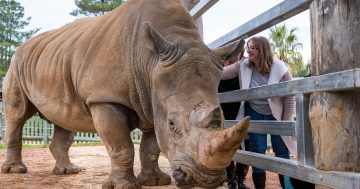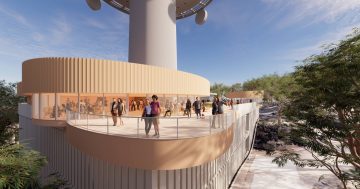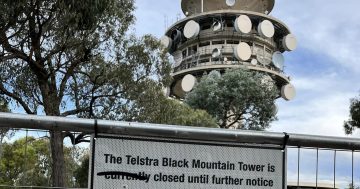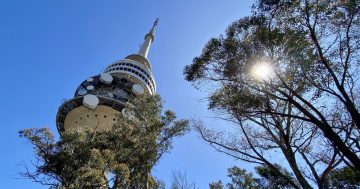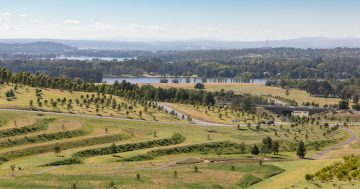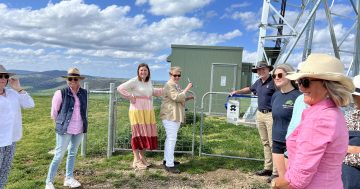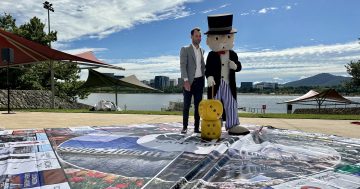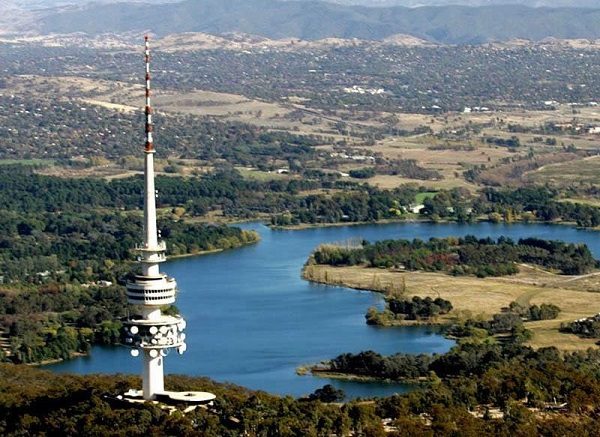
Telstra Tower – a beacon for the region and a sure sign you’re almost home. Photo: File.
When we first arrived in Canberra in 1995, my boys google-eyed at the grand entry down Northbourne Avenue – the national capital was Australia’s best-kept secret.
Even recently, the national capital was really only a place to visit, and definitely not in the winter.
Tainted by the political goings-on at Capital Hill, ‘Canberra’ was perceived by the rest of the country as that place that upset at least some of the people all of the time.
Oddly enough, Canberra had been in my sights since being an ambitious journalism student in Queensland with dreams of being part of the press gallery.
It was a roundabout journey, and I sometimes wish it hadn’t been so circuitous, but we immediately realised that this city and its place in the landscape was special, rejoicing with every return journey from across the border at the sight of Telstra Tower and the Brindabellas.
Although two children have flown the coop, one remained to start a family and bless us with grandchildren. Three generations are now firmly ensconced in Canberra.
Well, it seems the Canberra secret is well and truly out.
For better or worse, Canberra is now on the radar of young families, professionals and retirees, some escaping from the antheaps of Sydney, Melbourne and even Brisbane, especially after COVID-19 laid bare the risks of living in such congestion.
Forget its grim winters or searing summers. Canberra, with its resilient economy and family-friendly lifestyle, is now a safe bet.
Although, officially, population growth is expected to slow due to the downturn in overseas migration, anecdotally, workers have been pouring into Canberra this year, lifting demand for housing and putting pressure on the city’s already difficult rental market.
When quizzed about why they had moved to Canberra to retire, one older couple visiting a national institution responded that Canberra had everything from shopping to entertainment to national sporting teams to first-class health facilities.
And all in a much more accessible and amenable footprint than the big capital cities.
Even the high property prices would not be a barrier to those leaving the Sydney or Melbourne market, particularly if downsizing to apartment or townhouse living.
Canberra may be the national capital, but it is also the biggest regional city in Australia, a fact Chief Minister Andrew Barr would have had in mind when calling on the Morrison Government this week to move public service jobs out of Sydney or Melbourne, not the ACT, if they wanted to persist with decentralisation.
Also feeding into Canberra is the region it now serves, whether for health services, air travel, education, or retail.
Government may still be Canberra’s core business, but it seems the national capital has reached a critical mass where it is also becoming the beating heart of a region that stretches from the south-west slopes through to the tablelands and down to the coast.
For many in the region, young and old, it is to Canberra they are now looking.
That should be a cause for celebration – that the so-called artificial, soul-less city is now a vibrant place to be proud of.
But it also serves as a warning that Canberra needs to protect the values and environment that draw people here, ensure services keep pace with the population and somehow fixes its diabolical housing issues.
The ACT needs home-grown solutions that fit with its culture and the aspirations of its people and origins, not imported mini-Sydneys to replicate aspects of that city.
It is an exciting time to be part of the Canberra story. Let’s hope we can relish the opportunities and overcome the challenges that it brings.











